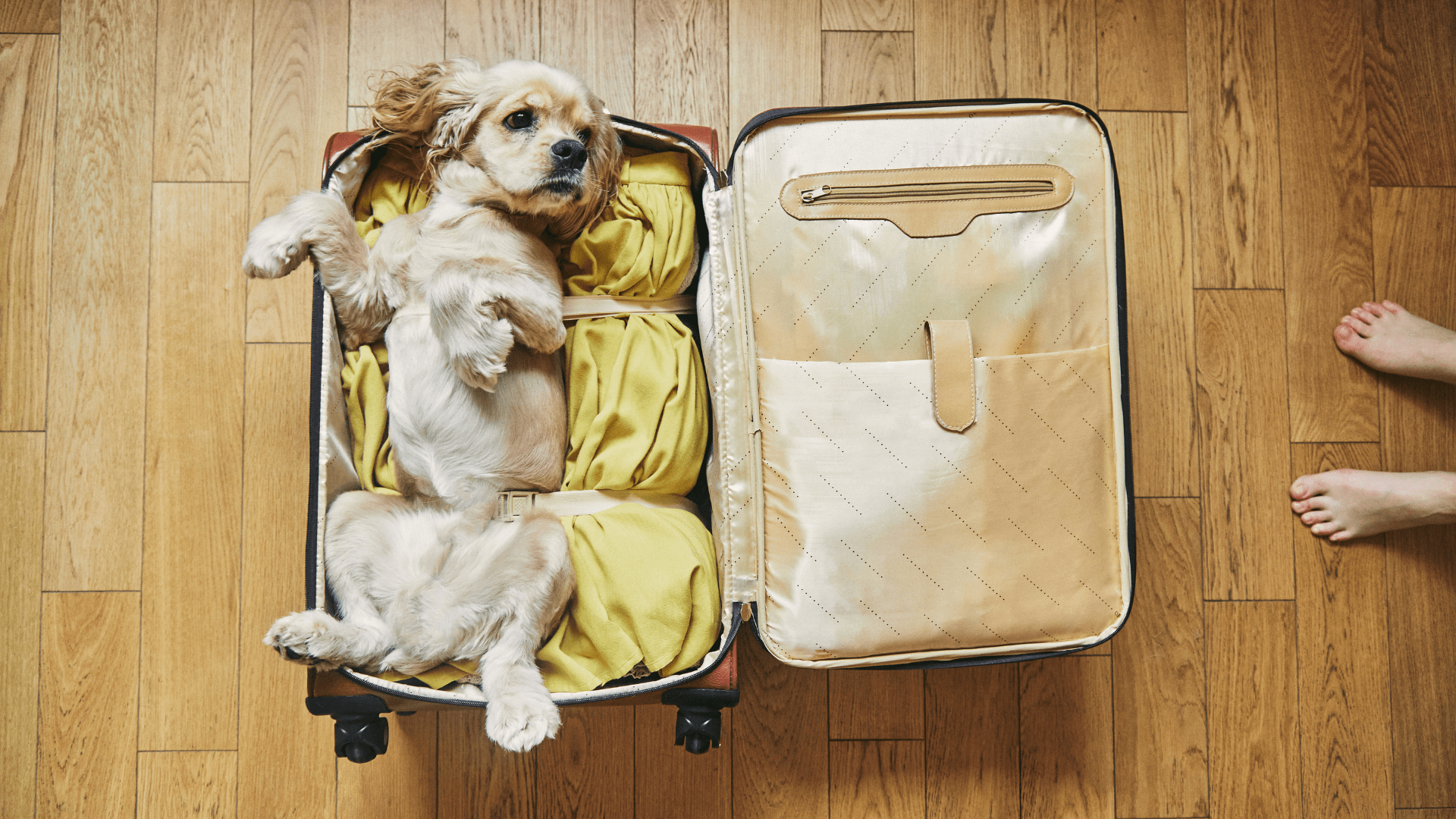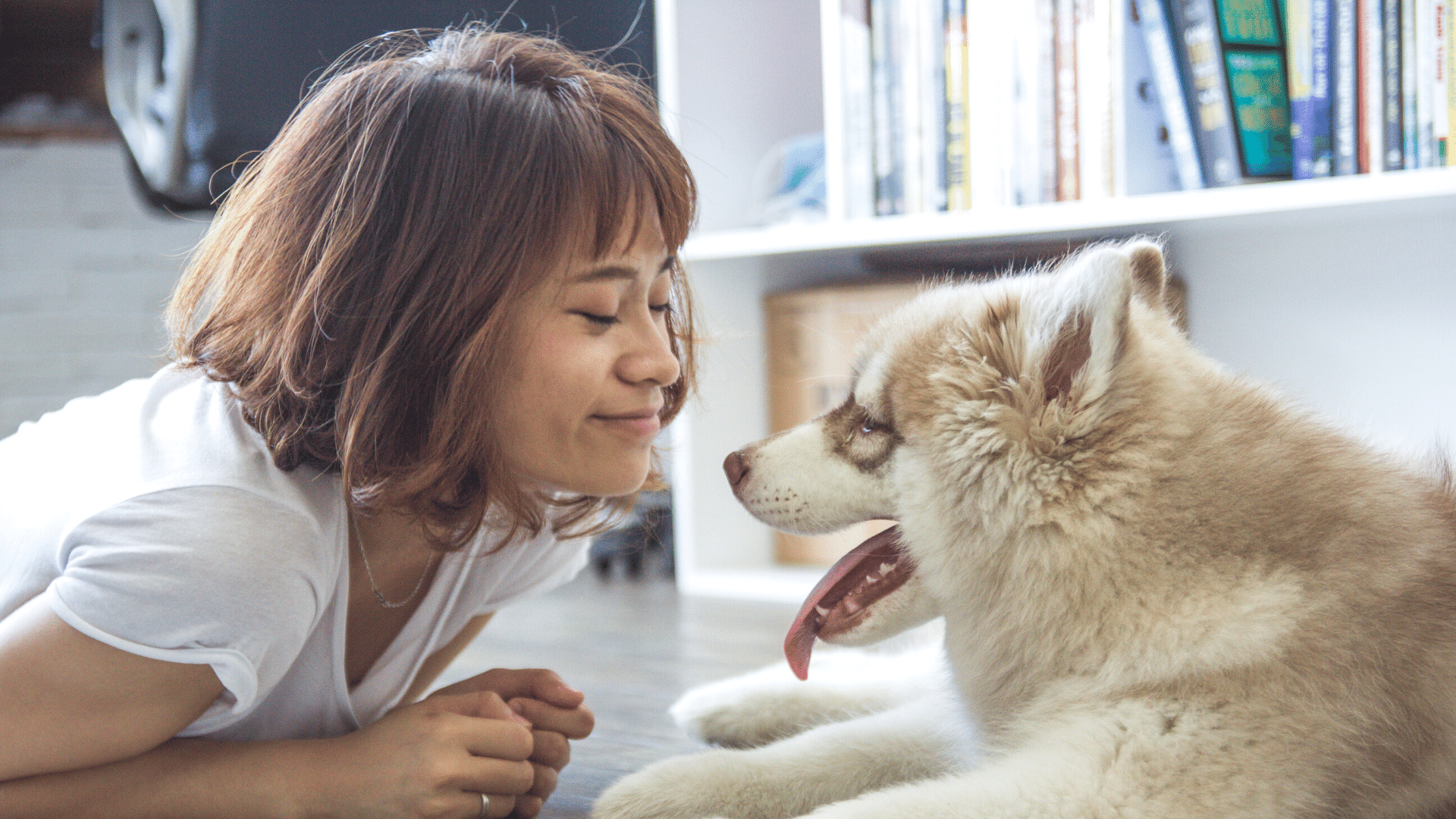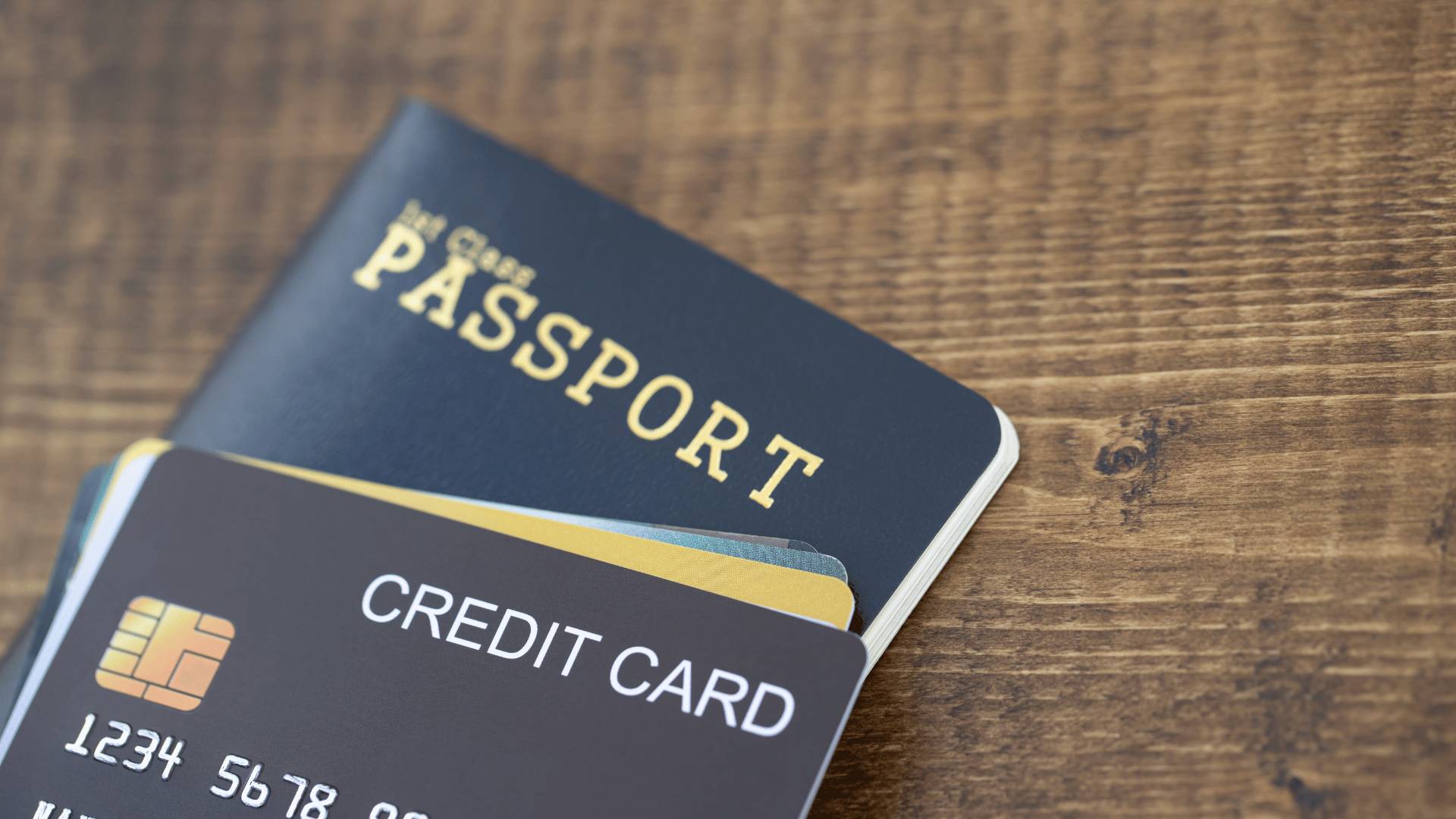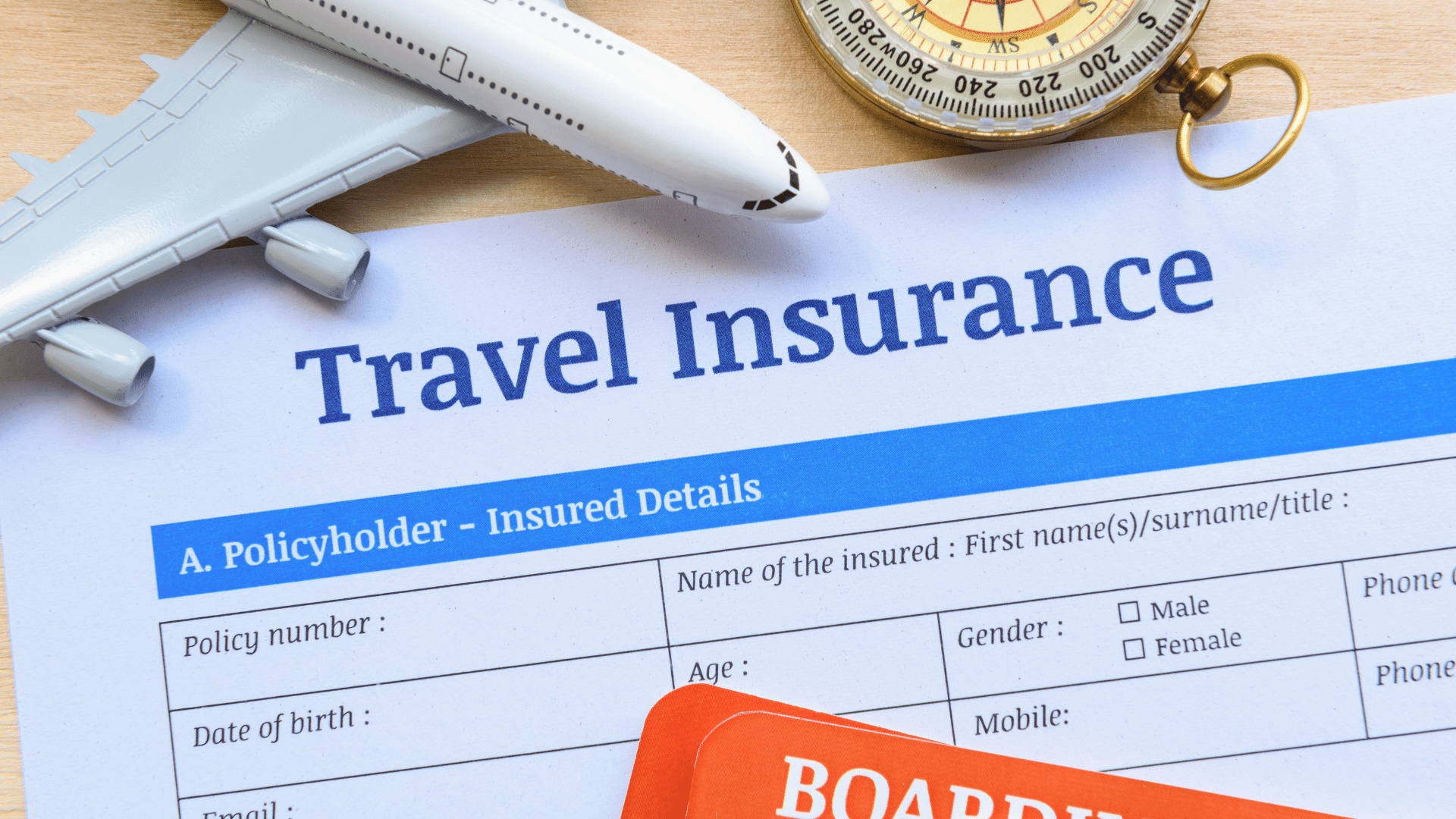If you are a proud pet owner, you have certainly thought about taking your beloved pets on a trip at some point. What could be more ideal than traveling with your pet?
According to the American Veterinary Medical Association, you need to prepare at least six months in advance if you're thinking about traveling with your dog or cat on domestic flights or international flights.
Many airlines accept pets as long as certain conditions are met. However, not all dogs are appropriate for flying, especially if they will be transported as checked baggage or cargo rather than sitting next to their owner on a carry on bag.
Before arranging travel arrangements, it is crucial to visit your veterinarian to rule out any underlying health conditions that could make flying unsafe. As a result of the COVID-19 pandemic, numerous laws and regulations have also changed.
Fortunately, we've done the research and uncovered the specifics of how you can take your four-legged companions on your next vacation. Here is everything extra you need think about if you intend to bring your pet on your upcoming trip.
Make your pet's health a first priority.
Air travel may not be suitable for old or sick animals. It is not recommended for brachycephalic dog breeds (snub nosed dogs) and cat breeds, as they may have breathing problems. Air travel could also be a terrible idea if your pet is not well socialized or becomes uncomfortable in strange environments.
Consult a Veterinarian
Ask your veterinarian whether they advise taking any medications if you're concerned about how your pet will manage the flight. Sedatives and tranquilizers are no longer recommended by the International Air Transport Association because they can make it difficult for your pet to breathe.
For their comfort, they should be at least eight weeks old before their first journey, and they should be weaned for at least five days. Additionally, you might enquire about any holistic techniques for pet relaxation that are suitable for pet travel.
Health Certificate
Before allowing your pet to board, all airlines require a health certificate and valid vaccination certificates from your veterinarian. Call your veterinarian as soon as possible; otherwise, it may take some time to compile the documents.
Ideally, it should be written within ten days of your departure and should include the following information: that your pet is current on all necessary vaccinations, notably the rabies vaccination; that they are in good general health; and that they appear fit to fly, as verified by your pet's veterinarian.
Pets allowed as live cargo hold.
Live animals of all kinds go through the airline system as carry-on pets or unaccompanied cargo. Some small pets are permitted in cabin, but unaccompanied pets, large animals, and the majority are placed in cargo holds. Meanwhile, the Air Carrier Access Act has different rules that apply to trained service animals.
Be early.
Most airlines require you to drop off your dogs no later than four hours before departure, whether they are flying as cargo or checked baggage. You don't want your pet or the handlers to feel rushed.
Prepare the pet carrier.
Costs for pets traveling in the baggage hold can be high and vary depending on the size and weight of the animal and the airline-approved box or carrier. If it does not satisfy their specifications, your pet won't be allowed to fly with you.
They will require a well-ventilated and escape proof pet carrier that is the right size while flying as cargo. The top and sides shouldn't be touched as they move and stand up. Additionally, some carrier types, such as wooden or hard-sided, may be prohibited by airlines.
It is advisable to check in with your preferred pet friendly airline to ensure that your mode of transportation complies with their particular requirements. Always double-check before leaving and call the airline separately to confirm any information that has been published on its website.
Know the pet entry requirements.
It is dangerous to put a pet in an unattended container with a collar on. Make sure contact information is written large and legibly on the top of the crate, and attach an ID tag to a piece of elastic to be worn around the pet's neck.
Finally, prepare a day's worth of kibble and tie it to the top of the carrier with duct tape so that airline staff may provide meals without opening the door. Pet supply stores sell flight kits that include snap-on bowls, contact stickers, and the legally required "live animal" tags.
Plus, it's not a bad idea to feed your pet in their crate for a few weeks before the journey if they are not used to being in one.
Carry-on pets for the long trip.
It is easier on you both to travel with your pet beside you, but there are still some things you need to be aware of. Read up on airline pet policies before making any flight reservations.
Each airline has certain requirements for the breed, size, and carrier size of dogs it will allow in the cabin. Once your journey is scheduled, get in touch with the airline in advance to let them know that you'll be traveling with a pet.
Bring water and snacks.
For their optimal health, your pet will require food and water every 12 hours. Even more often refreshments are required for puppies under 16 weeks.
When you can, give water, but be cautious when giving snacks. An uneasy stomach is not what you want.
Get ready for the security checkpoint.
When you're waiting to be screened, you must remove your pet from the carrier. Make sure your pet is strapped into a harness that they cannot remove, and secure a leash in case you lose control. Send your carrier through the x-ray machine and proceed to the opposite side with your pet as instructed.
Find a local relief area.
Before you board, locate designated spots on the airport map for your pet to use the restroom, or if there is enough room, take them for a quick walk to help them burn off some energy. You should take that as your last action prior to boarding and your first action following landing. An absorbent liner can always be added to the carrier just in case.
Consider the time of the year.
Some cargo holds don't have the same climate control as airline cabins. Be warned that some airlines only send pets as carry-ons during warmer months. There might also be limitations on the types and breeds of animals that are allowed, in addition to other weather-related restrictions.
Because of this, plenty of pet owners steer clear of arranging their trip for the hottest or coldest months of the year. If it's not possible, do everything you can to ensure the comfort of both you and your pet. For instance, if you must go in January, book a flight during the daytime when it is warmer.
When traveling in July, try to do so at night to avoid extreme heat. Assuming your airline and the Transportation Safety Administration (TSA) permit it, you can always carry temperature equipment that are safe for use on airplanes, such as personal fans or heaters.
Pick your flights wisely.
The best option is a direct trip, but if that is not feasible, pick a route with just one stopover to reduce the bother of coordinating connecting flights and your pet. Aim to avoid transporting your pet at times of high air traffic or unfavorable weather. Red-eye flights are frequently a wise decision.
Make sure your pet is comfortable.
Both your pet's safety and comfort are crucial. Many pet owners line the transport vehicle with a thin mat to make it as comfortable as possible. Toys that are safe for use on airplanes are also a terrific addition to keep your furry friend entertained during the flight.
It's important to keep your pet identifiable in case you get separated from them. Apart from microchipping your pet, you can attach an identifying tag on their collar. Safety reasons dictate that dangerous tags be avoided since they might become stuck in the crate bars.







